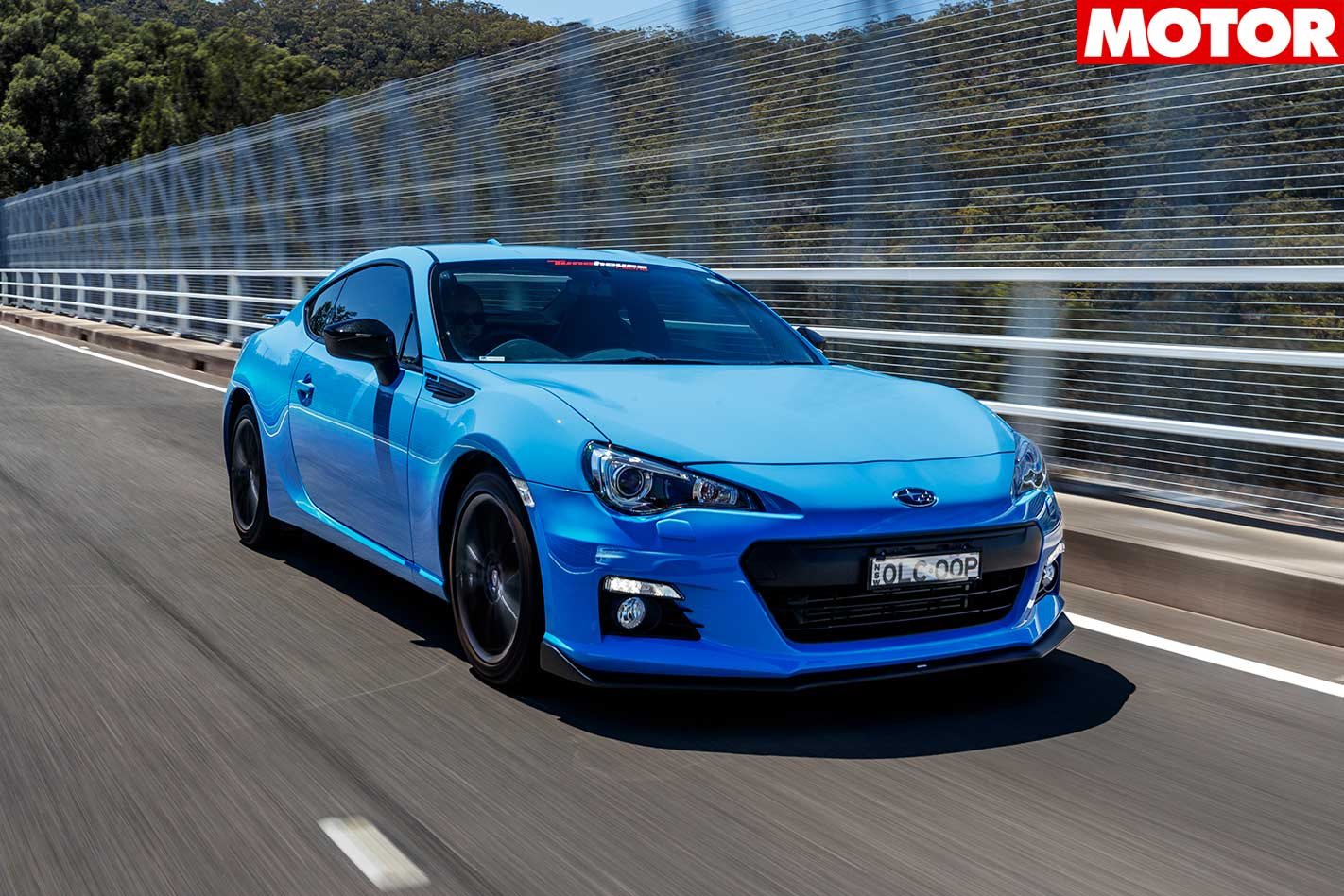OH, how we praised the Subaru BRZ when it launched back in 2012. The best way to spend $40,000 of your own, hard-earned cash, we said. Huge fun, we said. Balanced and responsive, we also said.
Jump-cut to 2017, though, and our tune has changed a little. The mill is flatter than a Monday morning, reckons Morley. It’s a good car, but you’ll grow out of it. There’s a valid reason for the change in tone – Subaru, and equally Toyota – has done very little with the BRZ in the past five years. Okay, if we’re being really honest, it’s done sweet nothing, when you get right down to it.
To be fair, it was a unique achievement in industry collusion to even get the car made in the first place; auto companies, even when one partially owns the other as Toyota does Subaru, are complex structures, but it kinda feels like the BRZ/86 thing has stalled. The hype and fanfare has certainly subsided.
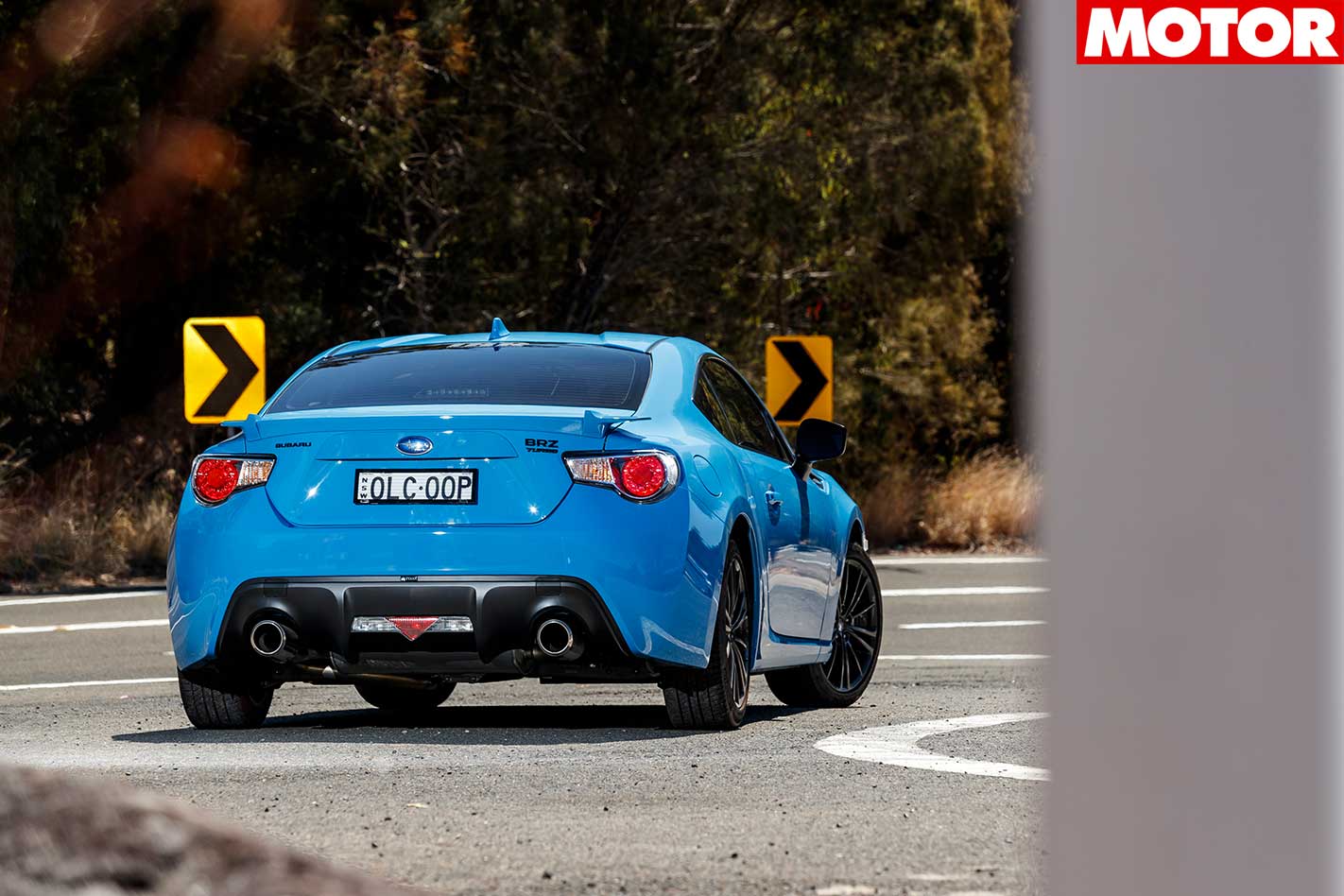
The stock 1998cc flat-four engine – known as an FA20 in Subie speak – is a reasonable little proposition out of the gate, with 12.5:1 compression, square bore and stroke and a conservative 7400rpm redline. Toyota’s clever direct-injection system is bolted to the top, and stock numbers for this pre-facelift version are 147kW at 7000rpm and 205Nm at 6400rpm.
There’s only one way to drive an engine like this, and that’s with plenty of revs on board. However, it leaves a dark, ugly hole in the powerband below 4500rpm or so.

You see, there’s a reason that our Hyper Blue model looks stock – because for all intents and purposes, it is. Even if you open the bonnet, you’ll need to know your turbine compressor housings from your intake manifolds to pick that this engine bay isn’t the same as the one that rolled out of the Gunma Main Plant.
“The owner of this car wanted to keep everything else standard – that was the whole idea,” Jim Ghelis, owner of Tunehouse, said. “The beauty about this kit is that you can have it as a bolt-on without touching anything else, and for normal driving, it gives you far more performance, it’s got an OEM look and feel and it’s bulletproof, basically.”
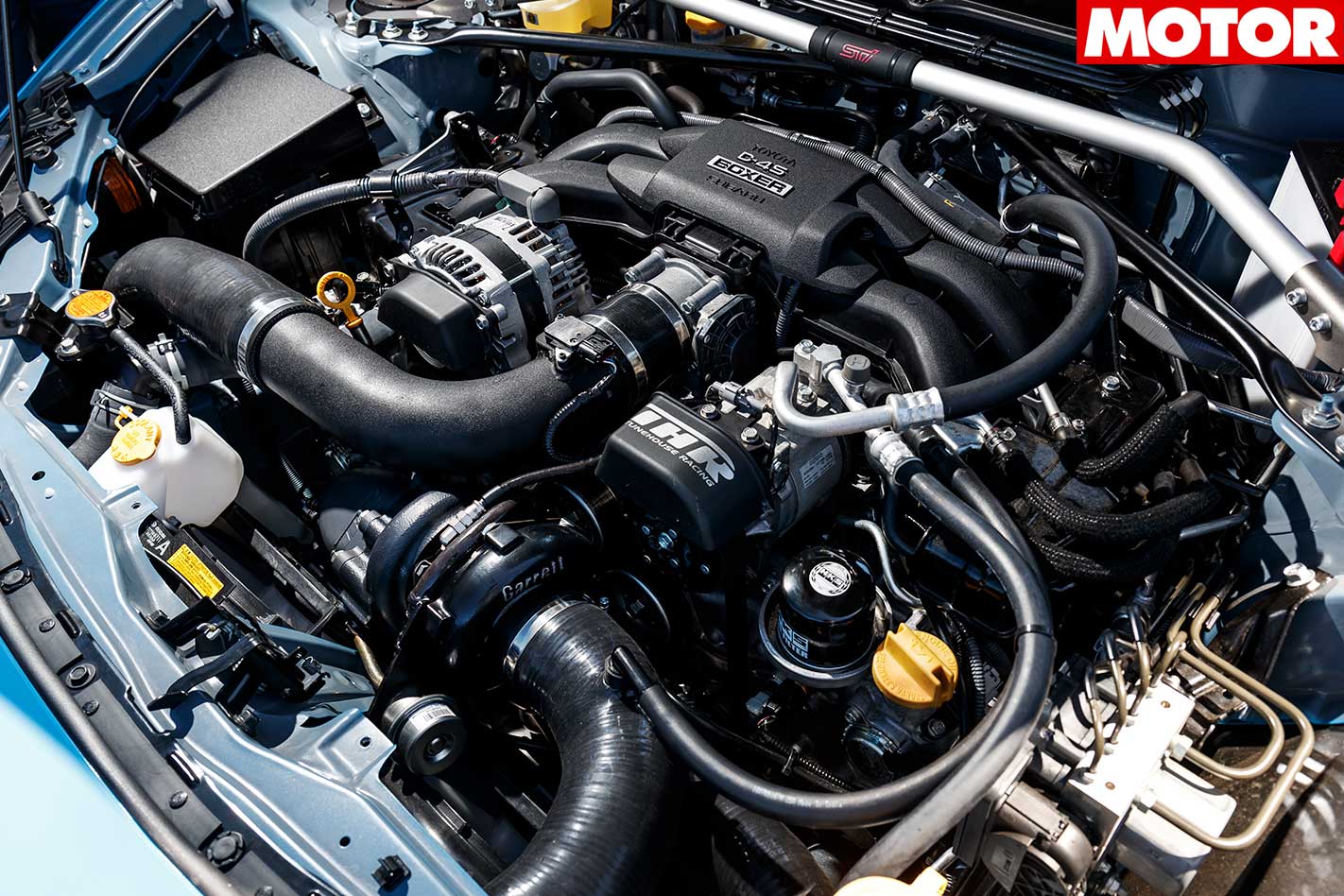
“We’ve made our package very different to others; we have a billet sump, billet collectors, one-piece stainless steel pipes so it’s not heavy. We’ve taken out all the bad things out of a turbo kit. If it’s tuned properly, the FA20 engine is a great platform.”
He’s not wrong. All of the silicone piping and hose clamps are finished in factory-like hues, with the only element giving the game away, to the untrained eye, being an embossed pulley cover.
Tunehouse sources its own pipework, and there’s a lot of work that’s gone into making this fitment look as stock as the box it came in. Gone are all the induction hoses, the pair of airboxes and other factory-required plastic bits from the front of the engine replaced with simple, functional parts that blend in disturbingly well with the factory motor.

“We are aiming at people that want OEM quality. The one-piece silicone hose for example – nothing rattles or knocks, the bumper bar fits perfectly back, and it doesn’t pop out like other kits.”
Tunehouse uses a custom Garrett GTX 28 series huffer that lives in front of the oddly-shaped little engine, and it’s mated to an intercooler of its own design, as well as a higher volume alloy oil sump and a cold-air intake setup to replace the stock airbox.
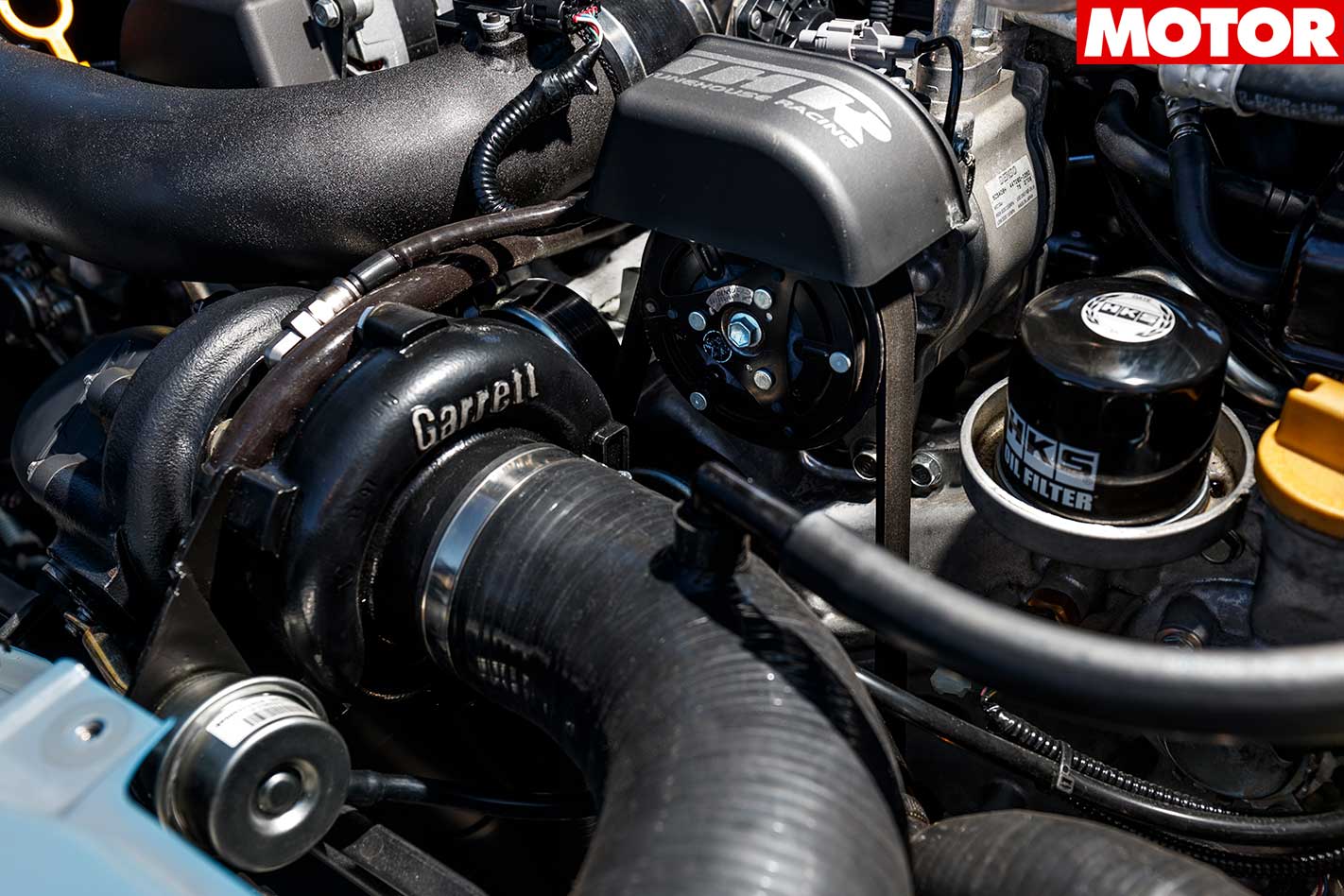
Tunehouse makes the whole shooting match hang together with Ecutek ECU software that’s supplemented by the brand’s RaceROM module. This neat box of tricks adds things like switchable fuel maps, limiters for throttle, boost and revs, in-gear boost management, rev limiting and more.
The tuning component is where it all comes together.
“With the RaceROM kit in particular, it’s a big part of the tune. It makes it feel like an OEM car,” Ghelis said. “This was what we call a stage one tune. We can give it more power if we want. This is a basic in-and-out tune that will work every day, and it works for someone who wants to leave everything else original. We are exporting to different parts of the world now. We’ve got kits in Dubai in 55-degree heat, and they’re still going strong.”
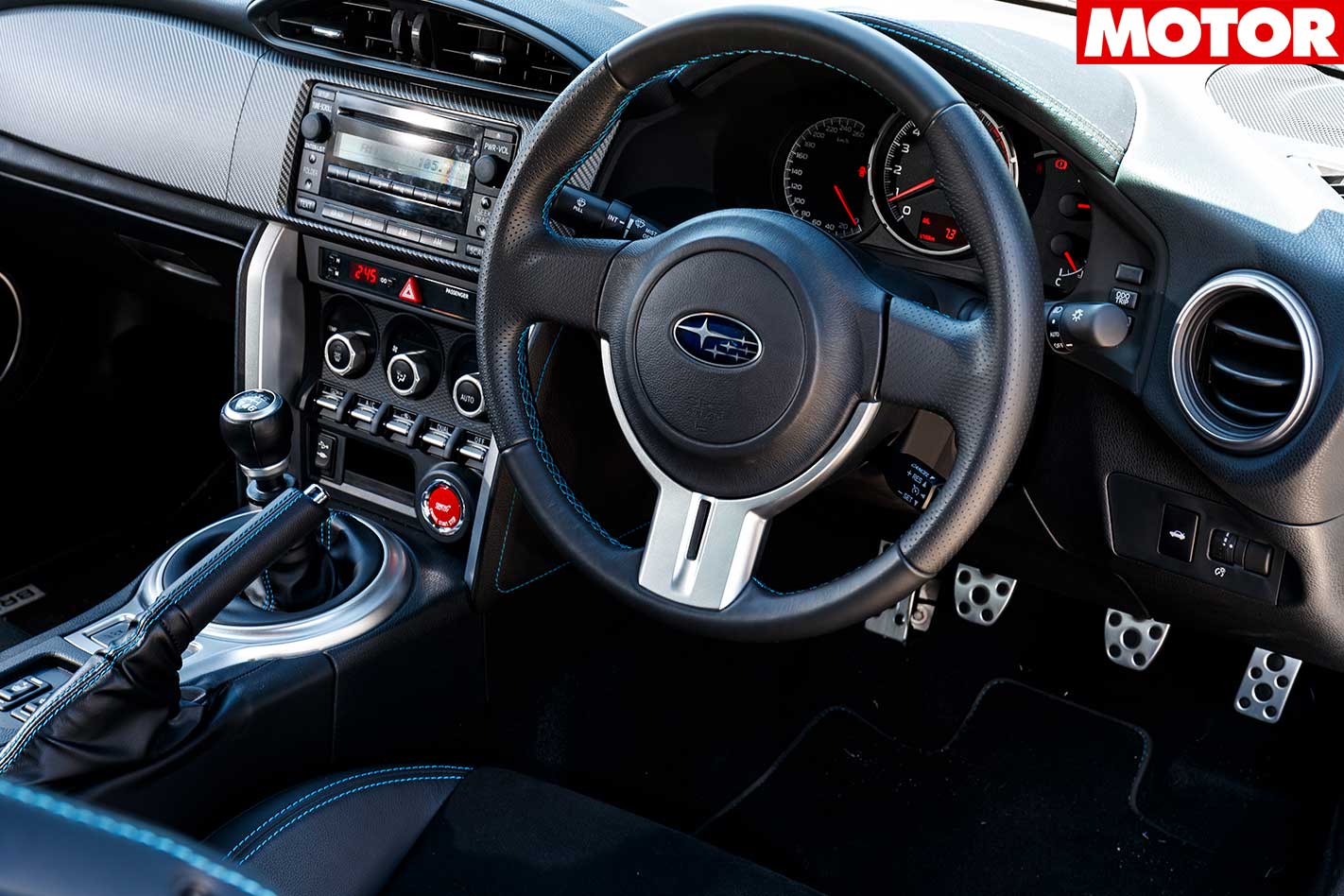
The Tunehouse BRZ starts up, well, like a normal BRZ. There are no clues in here to what lies beneath, save for a slightly gruffer intake noise that takes away much of the uninspiring drone that can emanate from the engine bay of a BRZ – but if you’ve never driven one, you absolutely won’t notice.
Tooling through the first few gears, the car still feels stock, but at around four grand in third gear, you’re gradually aware that you’ve been given this extra layer of oomph to play with. It still revs freely, and it still feels perfectly linear – there’s just more grunt.
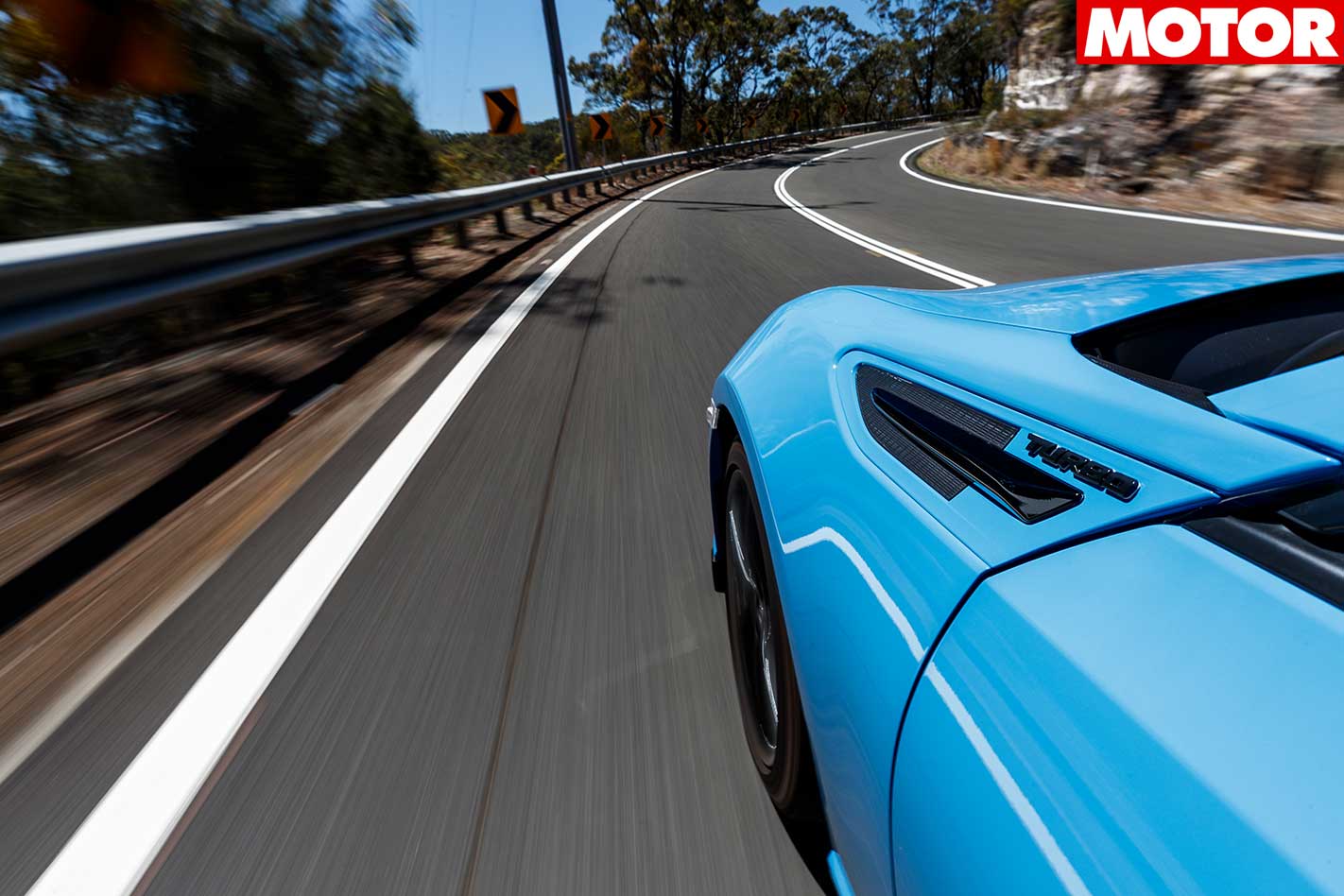
The bulk of the assistance is limited to between 3000 and 5000rpm, with the help tapering off quite markedly as you hit 5500rpm.
Rev her out to 5500rpm and the turbo’s pops and whistles start to make themselves known. A blow-off valve on the right side of the engine bay also chimes in with a gigglingly cool Group B-esque whistle that activates off-throttle at 2500rpm. By this time, there’s really no doubt now in your mind what’s under your right foot. And it’s addictive.
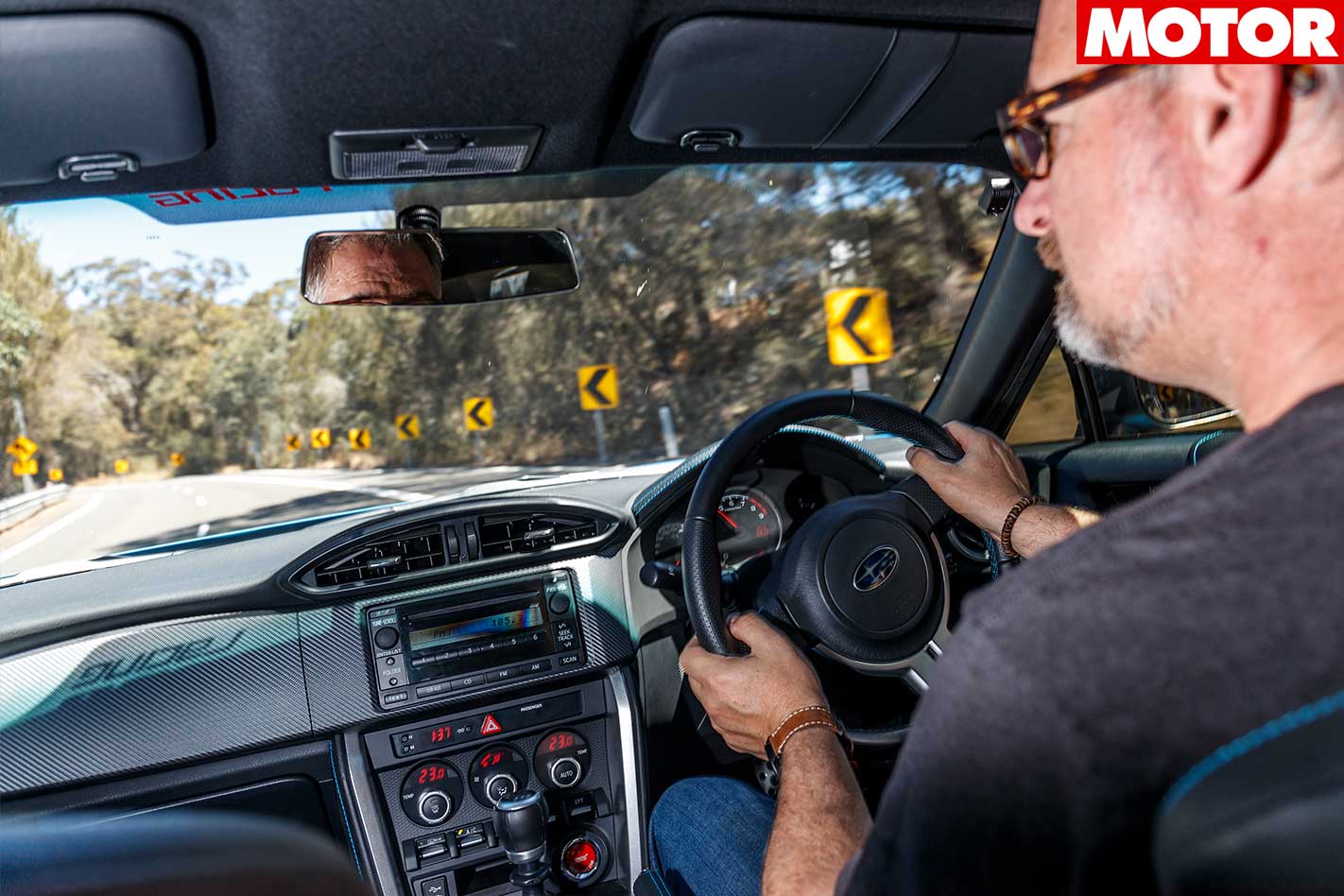
Let’s face it, stocker BRZs really don’t sound great, and they have to be mercilessly redlined and driven like you stole it to get the best out of them. But not this one. The Tunehouse kit renders it an entirely different kettle of fish.
The extra power is not tearing my head off, but it’s a heck of a lot better than a stock car. It helps to bring the BRZ’s other strengths into play, too; that infinitely adjustable chassis, that pin-sharp and feelsome steering and that lively, but tameable, rear end.
You can get right up to the edge of the handling envelope of the stock tune with this upgrade – it’s as if you’ve actually unleashed from the BRZ what you actually bought it for.
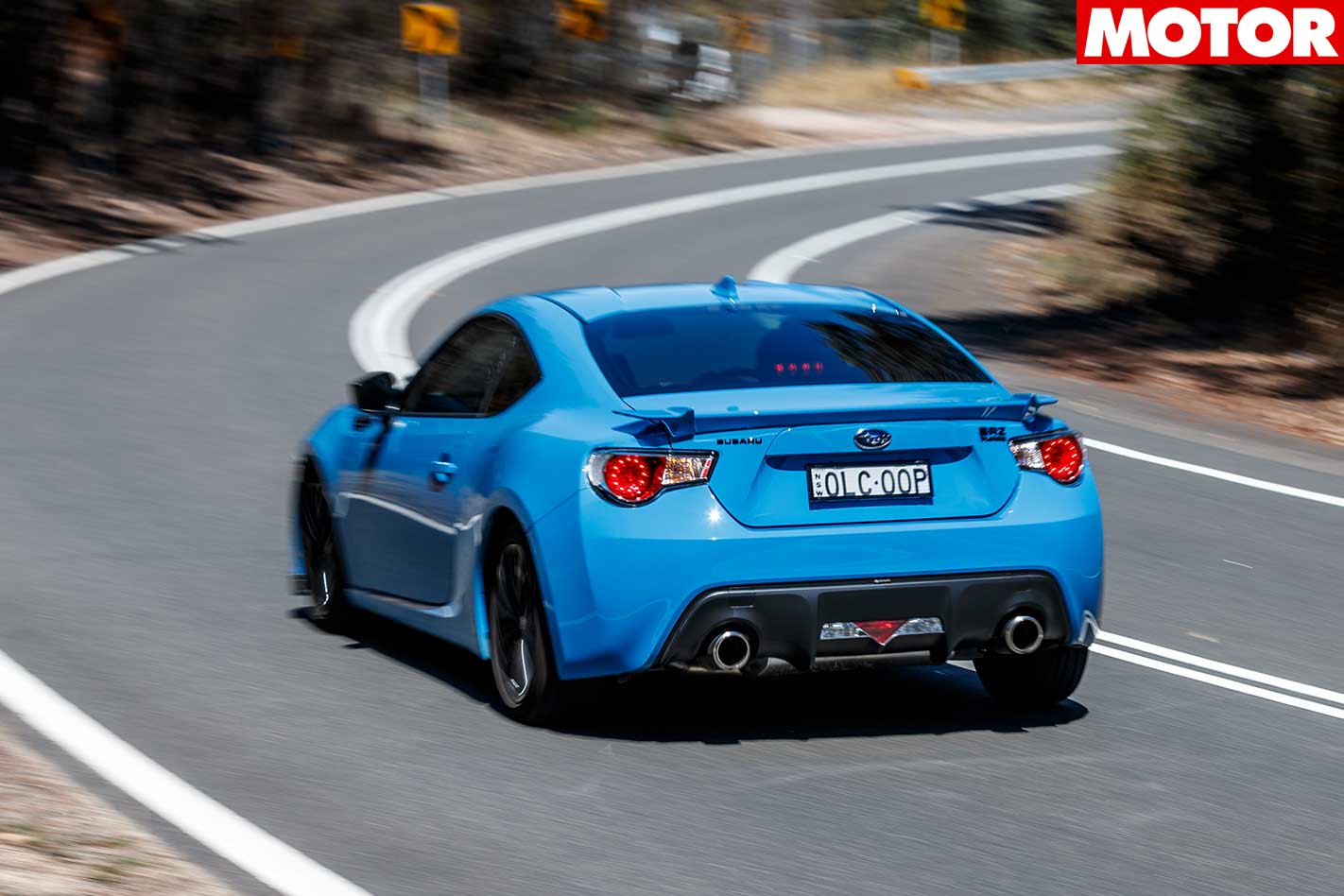
The suspension tune and the brakes on this tester are still stock – to be honest, I’d already be a bit further down the road with chassis improvements like better brake pads and brake fluid, and a perfunctory alignment at the very least, if this was my car.
“This kit is for the person who is frustrated that the car doesn’t have quite enough power, nothing more, nothing less,” counters Ghelis. “And not everyone wants to do suspension and brake modifications, either.”
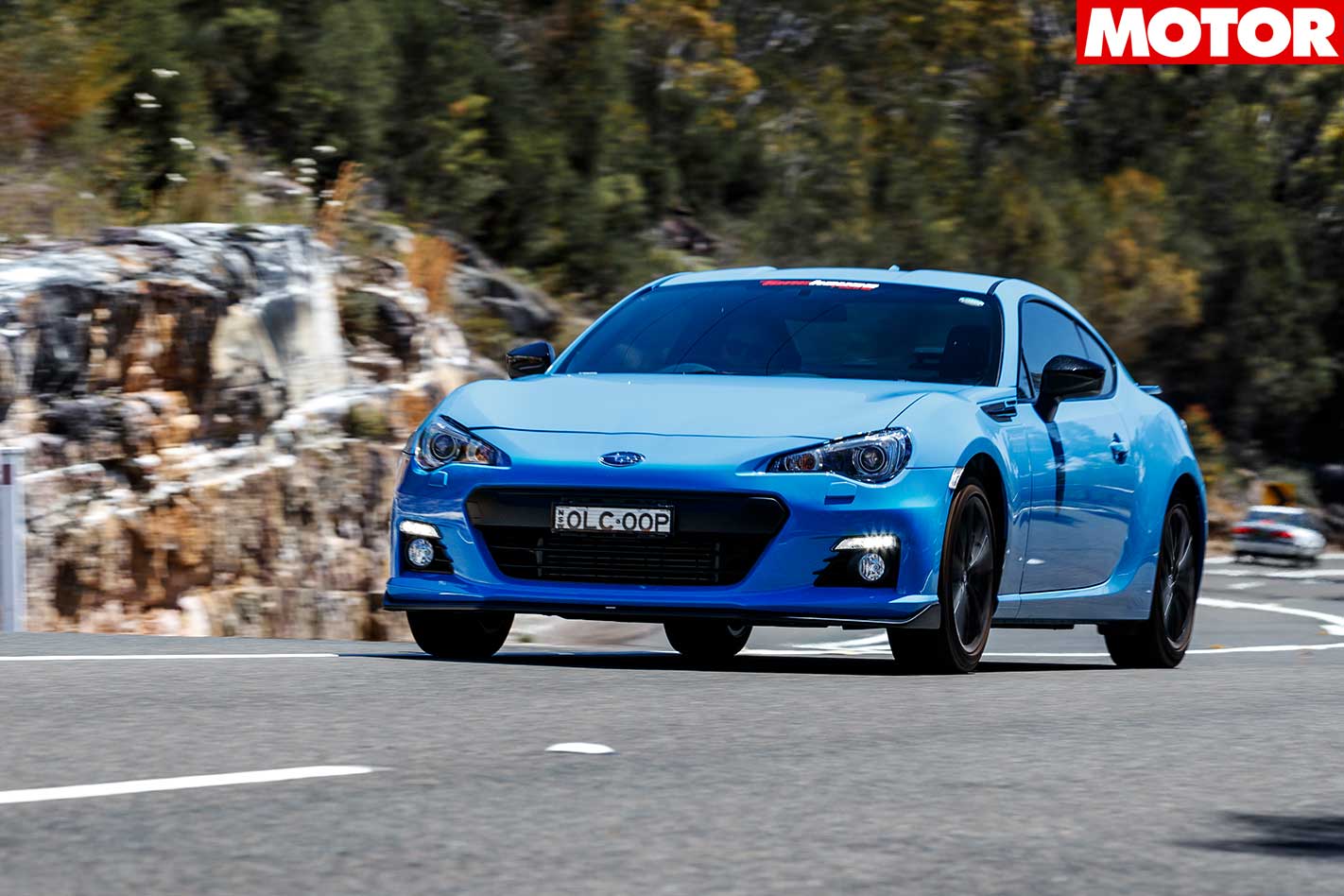
That’s the real beauty of this thing – adding a little more nets a comparatively massive gain. It’s all about balance at the end of the day. There’s more in this for sure – but only if the owner wants it.
The Tunehouse kit hasn’t turned the BRZ into a rocketship, but instead has transformed it into the nimble, agile, pacey little weapon we always knew lay within. You’ve got to be happy with that.
Blown or turbo? Tunehouse explains
When the BRZ/86 first dropped, it was all about supercharging – and Tunehouse got aboard that train, too.
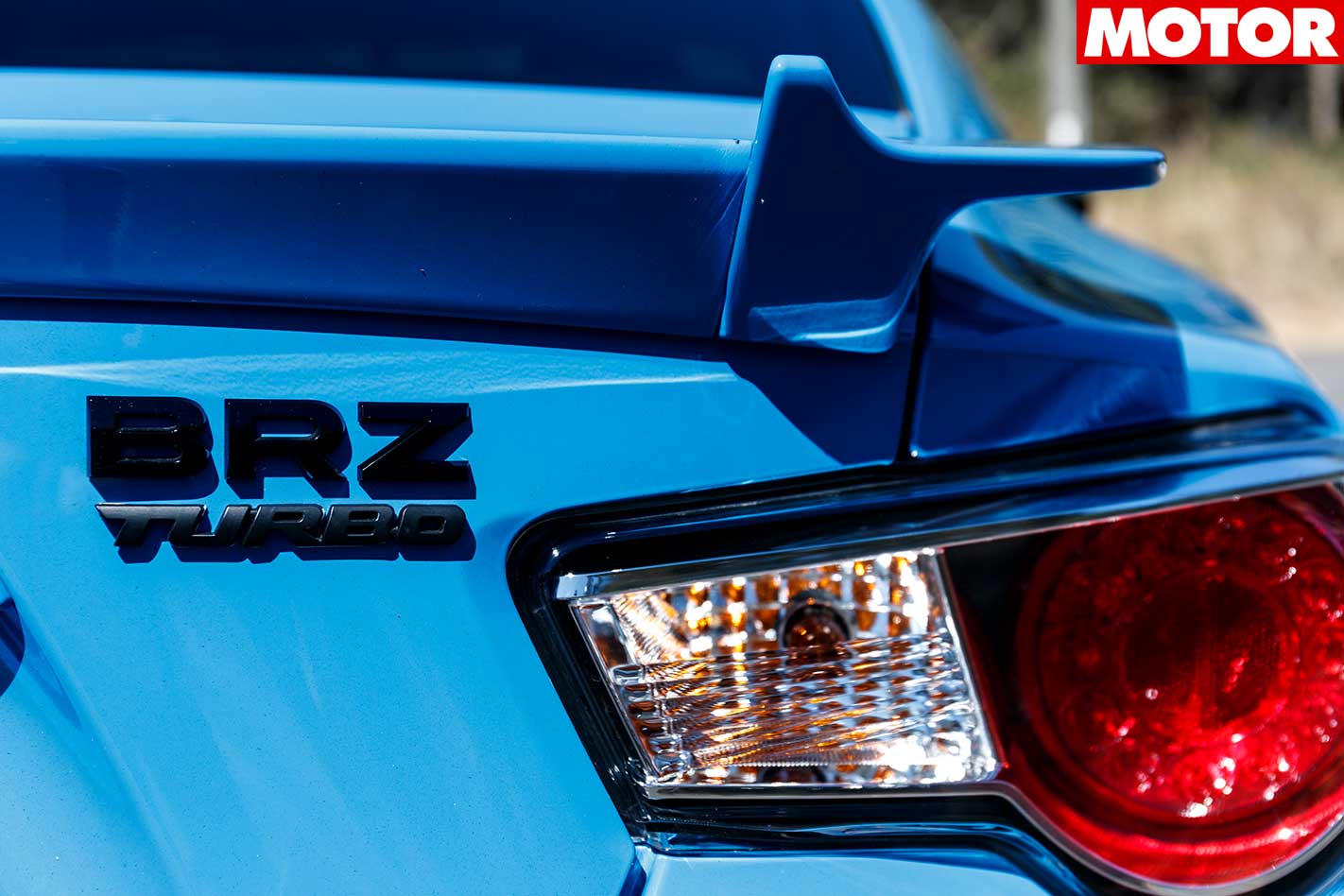
“When we decided to look at it again, we thought ‘if we’re going to do this, we’re going to make the best turbo kit, otherwise we’re not going to get involved’,” Ghelis explains. “I saw an opportunity to work in a niche part of the market with people who just want the best things. That’s always been my philosophy.
“The turbo is more efficient, too, and there’s no lag, it’s very linear. It’s also easier to expand a turbo installation. Back in 2012, we were a bit worried about how things would last, but when we got a bit more comfortable with the FA20, we realised we could go further.”
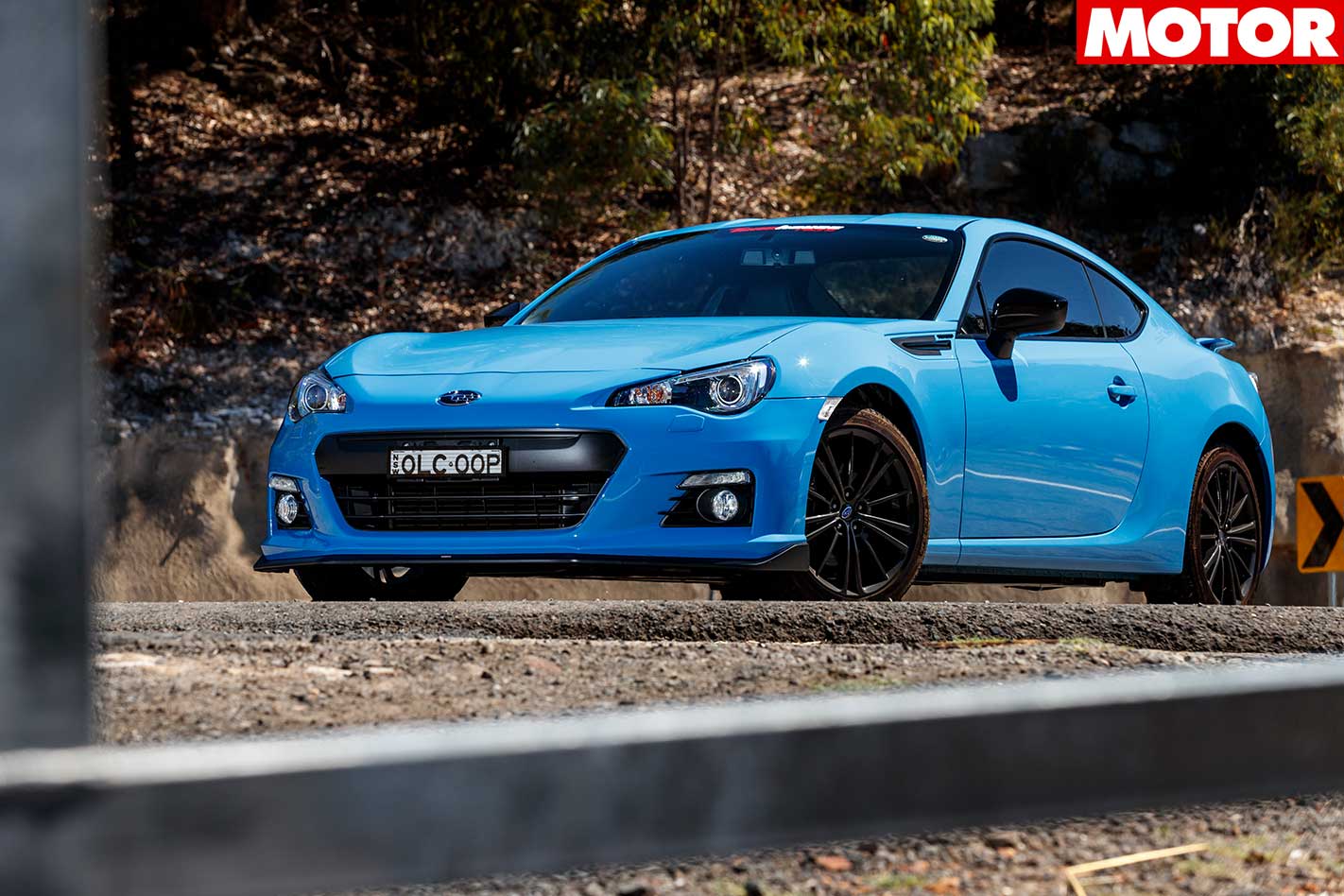
Pros: Excellent addition to BRZ; noise; fun Cons: Now too fast for stock tyres and brakes

